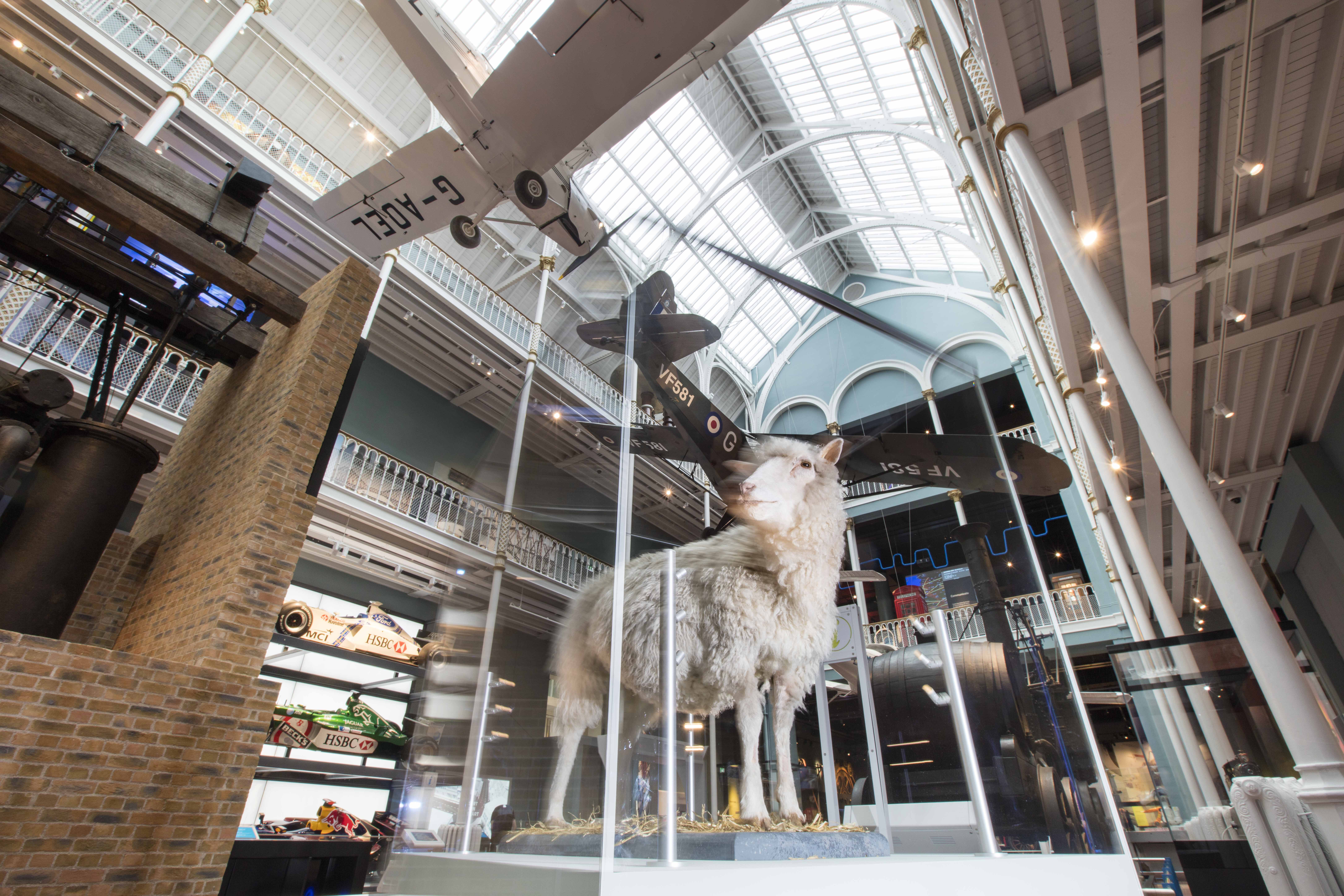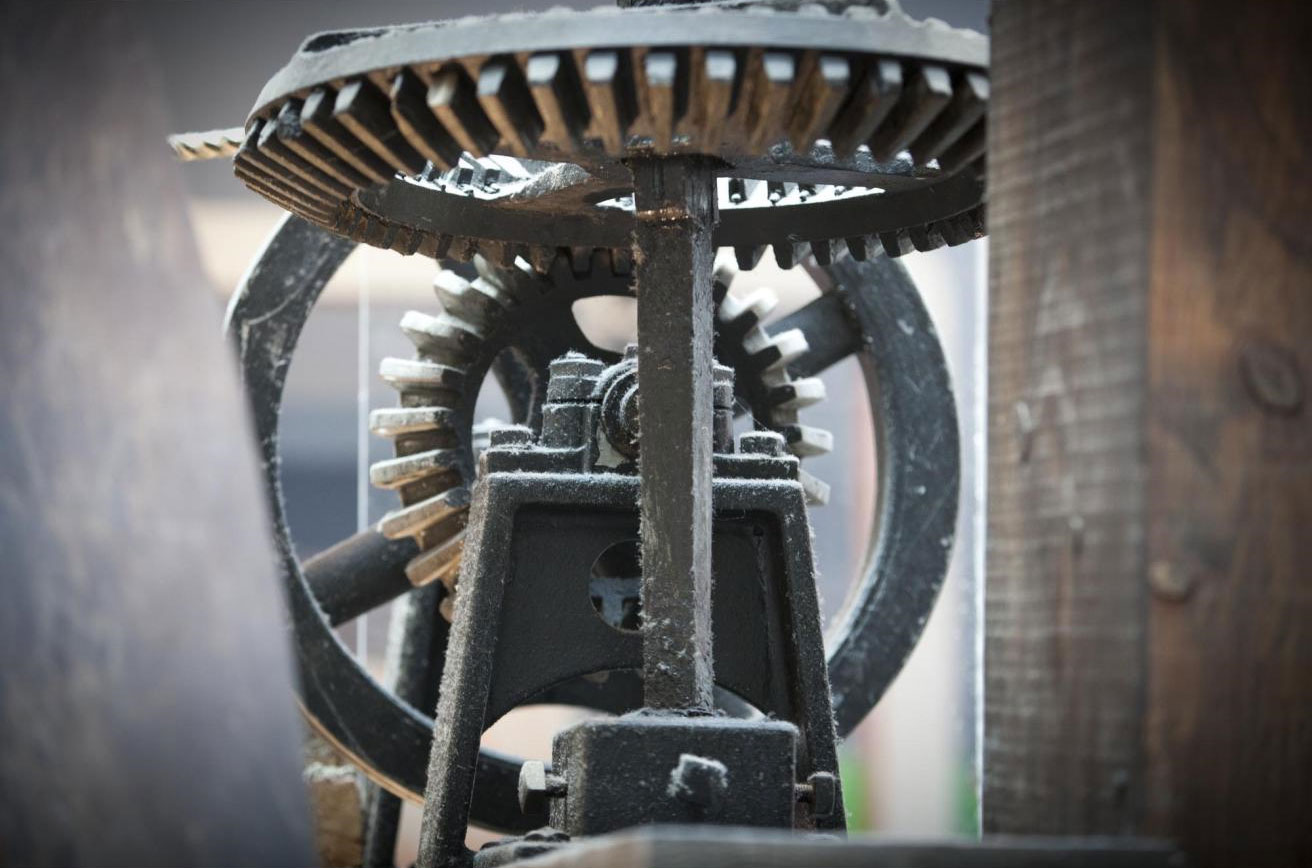National Museums Scotland has been working with the Curious Edinburgh project at the University of Edinburgh to bring the history of science, technology and medicine to life.
Edinburgh has an exceptionally rich heritage in the history of science. Over the centuries it has been home to figures as diverse as Peter Higgs, Joseph Black, Charles Darwin and Dolly the Sheep. It’s therefore no surprise that the National Museum of Scotland is an excellent place to start any exploration of the history of science in the city.

Curious Edinburgh has produced a website and app to help you explore places of interest in the history of science, which include some of the fascinating items on display in the National Museum of Scotland. So far we have produced walking tours on the general history of science, the history of geology, the history of physics and the history of medicine, with more to follow.
At one end of the Grand Gallery on Level 1, you will find the skeleton of a ‘Giant Irish Elk’ (actually a species of giant deer) that appears in our history of geology tour. This magnificent extinct beast was brought to the city in 1821 by Robert Jameson, then the professor of Natural History at the University of Edinburgh. It was originally discovered in a bog in Ballaugh on the Isle of Man. This remarkable creature was at the centre of early debates on extinction. The great French geologist, Georges Cuvier, who was sent a drawing of this specimen by Jameson, famously used it as an example of a species that was now completely extinct.

In Scotland: A Changing Nation on Level 6 of the Museum you can find an early ultrasound scanner, featured in our history of medicine tour. Today, these machines are vital diagnostic tools found in hospitals all over the world. The technology behind them was first developed in wartime to detect submarines underwater, but is used here to form images of structures deep inside the body. This machine was made by Nuclear Enterprises of Edinburgh in 1976.

We will be continuing to add new tours in the future, and will be including Dolly the Sheep in our history of biotechnology tour, which will be available within the next few months, and the Boulton and Watt steam engine in our history of technology tour. Both of these objects can found in the new Explore gallery.

To find out more about Curious Edinburgh, visit CuriousEdinburgh.org. The Curious Edinburgh app is available for both Apple and Android devices.